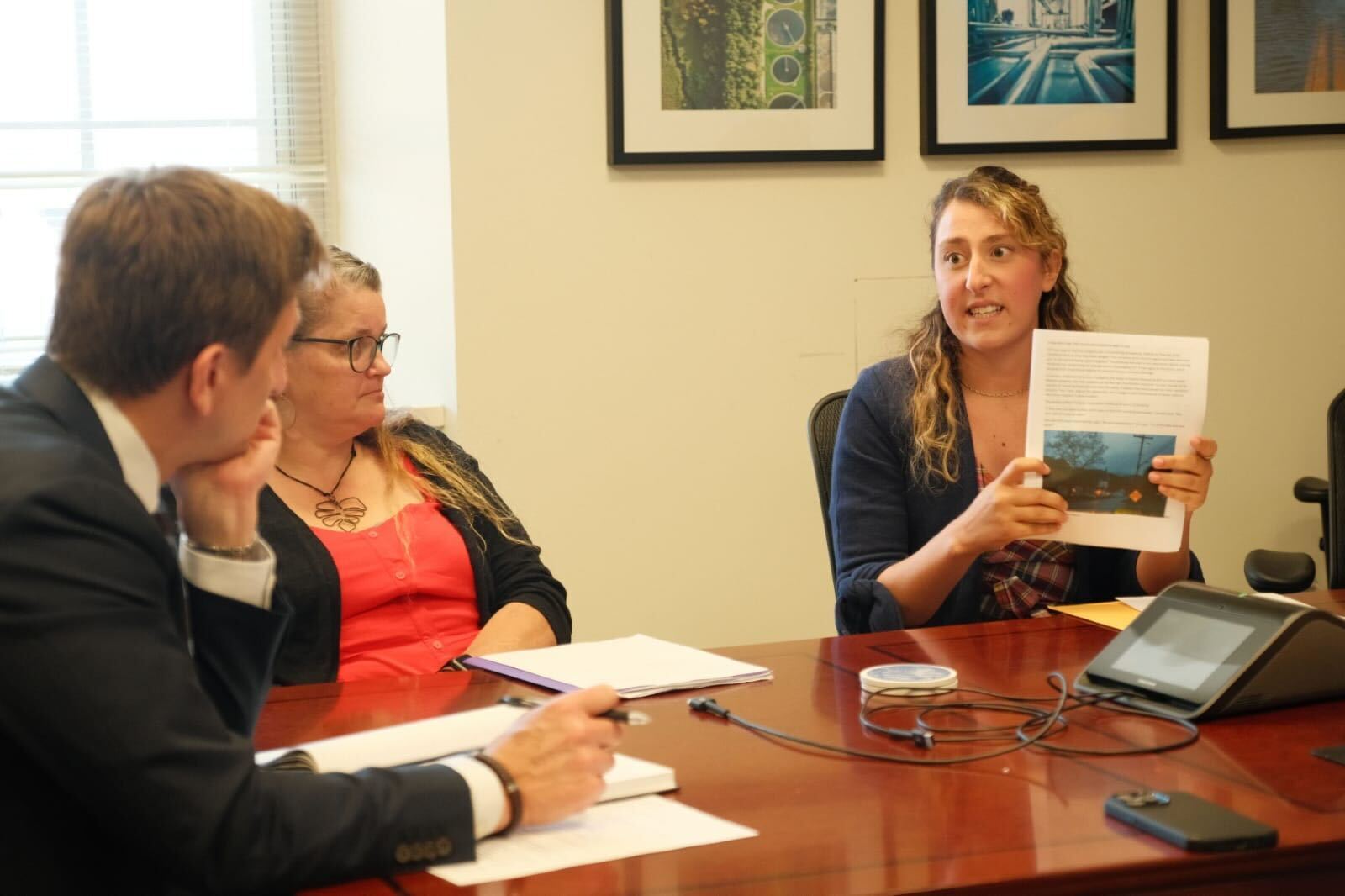
In a democracy, citizens’ most important duties are to express what they want and need and to elect into government those who demonstrate the willingness to stand up for those wants and needs. To truly create change, your expression of these ideas needs to be directed towards the right person and with the right message. We can make the change we want to see when we advocate effectively. In this blog, we’ll explain just how to do that.
You might already know what issue you want to advocate for, but if you don’t, that is the first thing to decide. You should know the impacts of your issue and be able to explain it in a way that makes it easy for others to understand. It is also important to know how you want to solve the problem, but you do not need to have the exact solution. This idea will help you formulate your “ask,” which we’ll come back to later. Your issue and your ask will help you identify who you should talk to to create change.
Ideally, you want to talk to a person or entity with the power to accomplish what you want to get done. This person or entity will be your target. For example, if your goal is to get a bill passed, your target could be the legislators representing you in the House and Senate or chamber leadership (deciding which bills will get a vote). If your goal is a regulation change, your target could be the agency that wrote the regulation. You can have multiple targets, especially if there is more than one avenue to accomplish your goal.
When you’ve decided on your target(s), you must learn more about them. Things to find out include where they’re from, what their interests are (both professionally and personally), recent statements about your topic, where they’ve worked before, etc. Anything and everything you find out can be useful, but don’t get lost in the weeds here.
Sometimes, you will not meet directly with your target; you’ll meet with a staffer of that target. In this case, you should still research the staffer and learn about them in their interests. If you can make the staffer care about your issue and solution, they will likely suggest it to their office’s decision-maker.
Once you gathered all your information, it’s time to frame your ask. At this stage, your ask might be general to fit multiple targets. However, to be effective, your ask should be framed for each target. Framing an ask means tailoring it to fit the person you are talking to. For example, suppose your target champions legislation that lowers incarceration levels for minors, and you are supporting a workforce development initiative. In that case, you may present your initiative in a way that shows more stable jobs for both parents and young people will result in lower crime rates for all age groups.
However, no matter what your target’s interests are, documentation of the issue, facts and figures, and personal stories are always persuasive. In fact, your personal story combined with facts and figures that are tailored to your target’s issues can be the most effective way to advocate.
If you need help with your story and framing your ask, contact CCJ, and we’ll be happy to guide you! We can be reached at info@centerforcoalfieldjustice.org or 724-229-3550.
